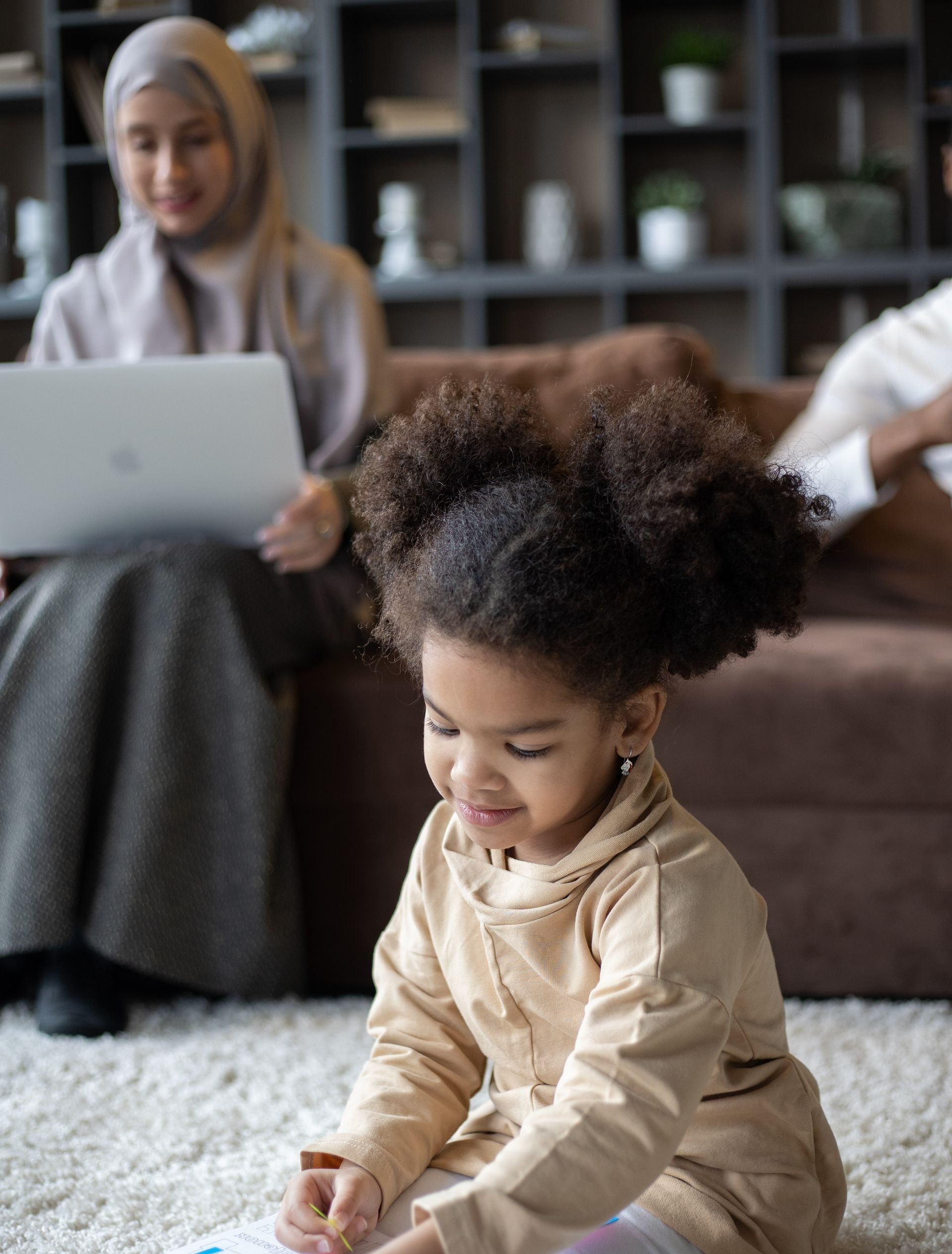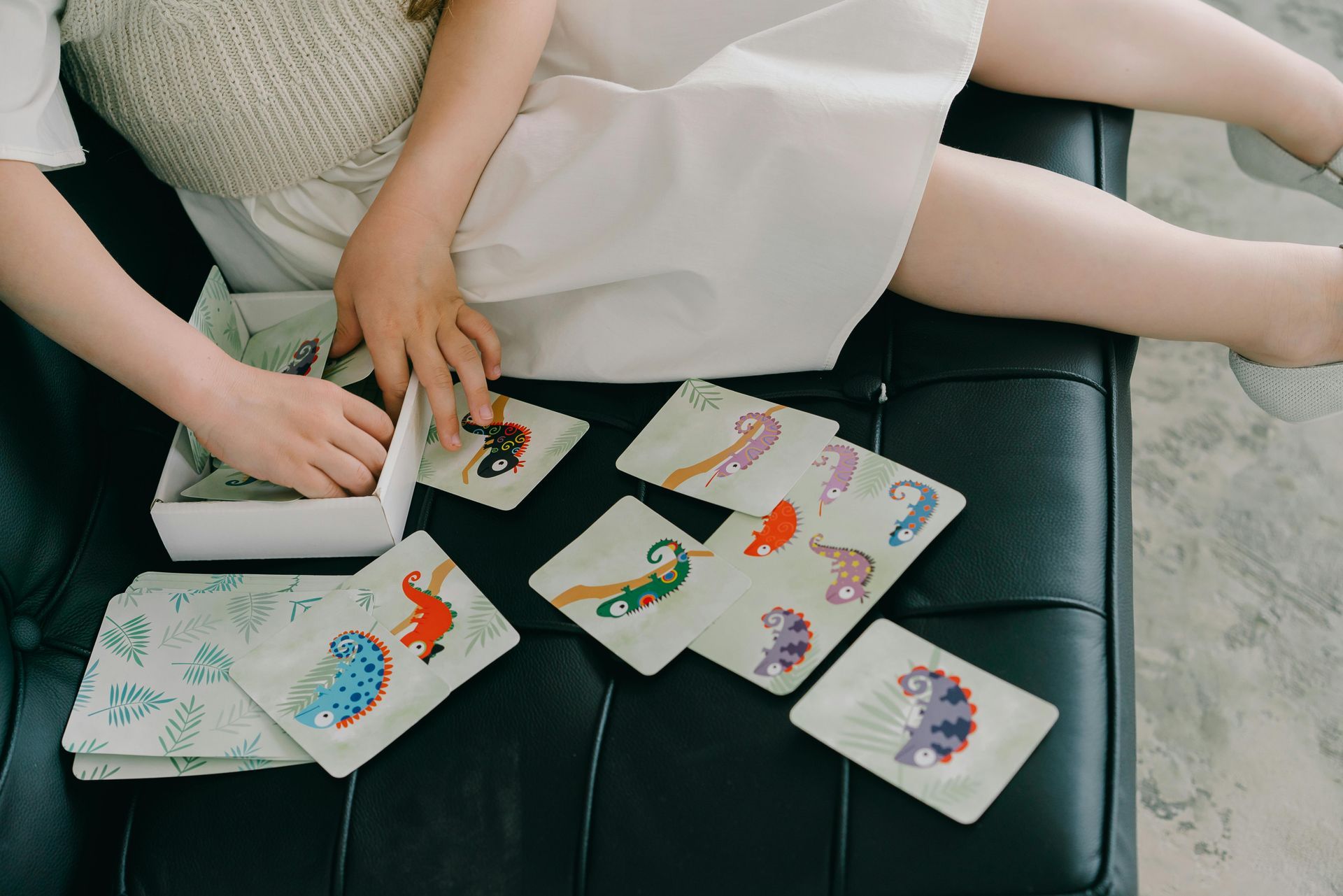How to Navigate the Picture Exchange Communication System (PECS®)
Encouraging Communication

Picture Exchange Communication System (PECS®) is a form of alternative communication used by individuals who have difficulty with verbal communication. It is a system that uses pictures to help individuals express their needs, wants, and thoughts.
PECS® was developed in the 1980s by Lori Frost and Andrew Bondy, who were working with children with autism (Pyramid Educational Consultants, 2021). The system is based on the idea that individuals who have difficulty with verbal communication can learn to communicate using visual aids. The system uses a series of picture cards that represent objects, actions, and ideas. These cards can be used to create sentences or phrases, which are then used to communicate.
Phases of Pecs
- How to Communicate: The first step includes teaching the individual how to communicate using PECS®. There's usually two people prompting. One person sits behind the individual and teaches them to reach for the card, pick it up, and hand it over to the communicative partner.
- Distance and Persistence : The individual is taught that they can stand, walk over to their communication board, pick up a card, and walk over to their communicative partner. We start initially with very short distances and slowly increase the distance over time.
- Picture Selection : Up until this point there has been one card on the board. Now we teach the individual to discriminate between cards. They will learn to select a card that matches their motivation.
- Creating Sentences : In this phase the individual can select from many different cards, nouns and actions, and we're going to start introducing the I Want card. The individual will learn to place the I Want card on the sentence strip and then for example a picture of a snack. They are creating a sentence with the I Want card and then snack card which reads "I want snack".
- Responding : When someone asks the individual "what would you like" or "what do you want" they will learn to place the I Want card and then tell you what they want. For example a ball or a snack. They would be answering a WH question by adding "I want snack" to the sentence strip.
- Commenting : Instead of only saying "I want", the individual will learn to say "I hear" and then add a picture of a dog if they hear a dog barking, or "I see" and then a picture of clouds if they're seeing that there's a storm coming. This can lead spontaneous communication in which the individual labels stimuli in the environment.
(Pyramid Educational Consultants, 2021)
PECS® is based on the principles of Applied Behavior Analysis (ABA) and emphasizes positive reinforcement to increase the individual's motivation and success in using the system. PECS® has been used successfully with individuals of all ages, including children and adults with autism, developmental delays, and other communication disorders. It can be used in a variety of settings, including schools, homes, and therapy sessions. It is a flexible system that can be tailored to meet the needs of each individual user. Overall, PECS® is a valuable tool for individuals who struggle with verbal communication and can help improve their ability to express their needs and interact with others.
References
Pyramid Educational Consultants. (2021, December 3). Picture Exchange Communication System (PECS)® . Pyramid Educational Consultants. Retrieved March 3, 2023, from https://pecsusa.com/pecs/
Questions? Email us at admin@premierbhconsulting.com
Ready to talk?
Book your Strategy Session Now









